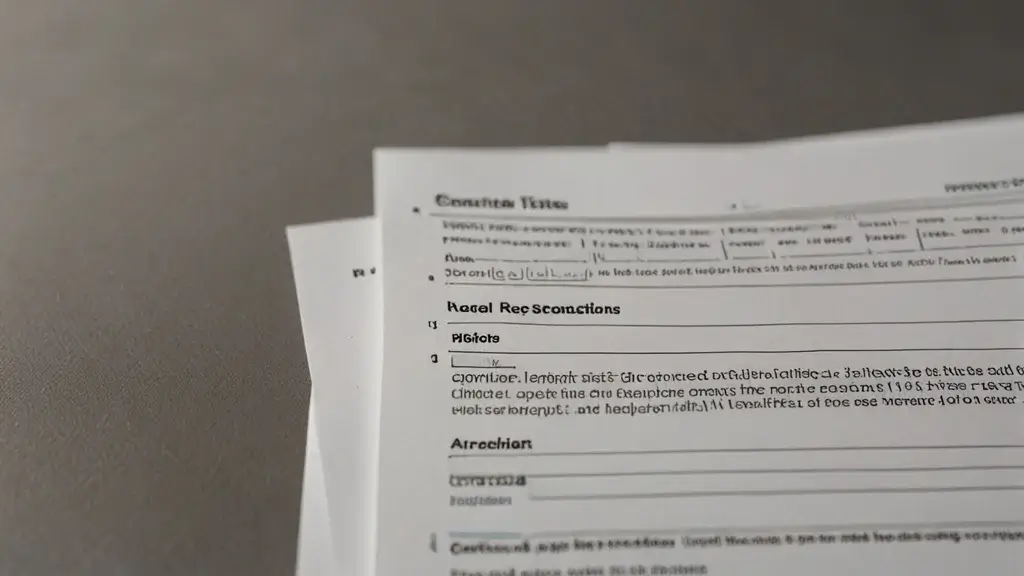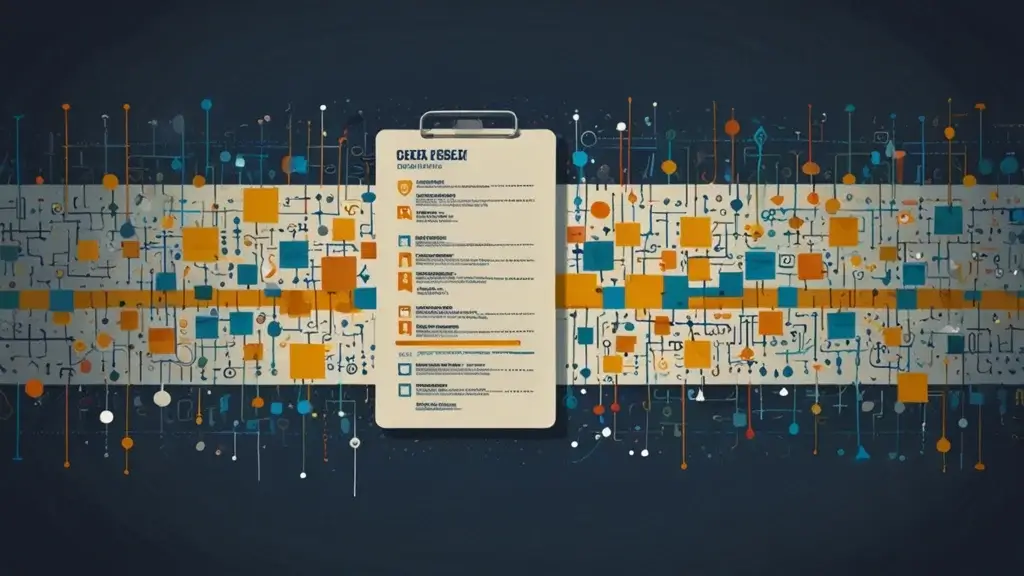Data collection is the process of collecting and measuring the data on targeted variables through an established system to evaluate outcomes by answering relevant questions. In simple words, data collection is the gathering of information from various sources. Before explaining Questionnaire as a Tool of Data Collection, it is essential to know five major tools of data collection in social research.
Tools of Data Collection
There are five tools of data collection in social research.
- Questionnaire -Written document comprised of specific questions.
- Interview schedule – Pre-planned questions are followed.
- Interview Guide / IDI – Based on open-ended questions and flexible in nature.
- Observation – Careful and silent activity to know about the phenomenon.
- Focus Group Discussions – A specific group of people having knowledge in a particular field.
Questionnaire
The questionnaire is a carefully formulated document to collect data from large, diverse, and widely scattered groups of people.
A questionnaire is an efficient and simple method for collecting information from diverse groups of individuals across a large area. In this approach, a questionnaire form is typically handed over or sent to the respondents, accompanied by an appropriate request to fill in the questions and return them to the researcher.
According to Goode and Hatt, “It is a tool for obtaining responses to questions through a form that the respondent completes themselves,” as stated by GA. Lundberg: “Basically, the questionnaire is a collection of prompts that illiterate individuals are exposed to in order to observe their verbal reactions to these prompts.”
Types of Questions

Open-ended Questions
They also known as structured questions.These are the questions that provide respondents with a question prompt and a space to construct their own responses.
Closed-ended Questions
They also known as unstructured questions.These are the questions that alternatively, provide a question prompt and probe respondents to pick from the given list of responses.
Dichotomous Question
Respondents are given the choice between two options: yes or no. This questionnaire is incredibly user-friendly, making it simple for respondents to provide their answers.
Scaling Questions
These questions are commonly known as ranking questions. They allow respondents to rank the available answers on a scale of values, for example, from 1 to 10.
Types of Questionnaire
Structured Questionnaire
A structured (or closed) questionnaire has a structure or pre-determined questions and answers and the respondent simply ticks those answers. It is also called a closed categorical or restricted questionnaire.
Unstructured Questionnaire (Open Ended Questionnaire)
An unstructured questionnaire contains open or provocative questions inviting you to respond. Such a questionnaire has predetermined questions, but answers are structured by the respondents. It does not have a fixed format or predetermined questions. Instead, the researcher presents open-ended questions to the respondents and lets them provide their own answers. i.e., do you know Poverty?
Hand-delivered Questionnaire (Direct Questionnaire)
This is a type of questionnaire in which the investigator goes into the field himself and hands over the pre-written questionnaire to the respondents. The respondent ticks mark the relevant answers to the listed questions in front of the investigator.
Mailed Questionnaire
Most often, the mailed questionnaire is used in social research. In the mailed questionnaire, a respondent is living at a far distance place and cannot be personally contacted. In such a case, the questionnaire is mailed by post to the respondent to fill in and returning it to the source of sending or to the concerned investigation department or agency. A mailed questionnaire may be structured, unstructured, or mixed. A particular guideline or instruction list is attached to a questionnaire to guide the respondents.
Structure or Elements of Questionnaire
Front Page
The questionnaire should have a front page with a title and subtitle, and it should have the name of the investigator or interviewer and the name of the organization conducting the investigation.

Study and Consultation
The investigator should have an extensive and intensive study of the relevant literature.
Order of Questions
There should be a logical sequence in the questions. Questions should be simple and understandable.
Size and Length of the Questionnaire
The size of the questionnaire should be moderately manageable, which means that the questionnaire is neither too large nor too small.
Types of Questions
The questionnaire should either be closed-ended or open-ended. It depends on the nature of the research.
Quality of Paper
The quality of paper should be fine. It should withstand publishing.
Pre-testing
Try out your questionnaire on a few friends and acquaintances.
Choosing of Respondents
Choose respondents carefully. It is important that a questionnaire be sent to those who possess the desired information. And who is interested, honestly?
Follow-up
Recipients are often shown to return completed questionnaires.
Strategies for Questionnaire Construction
Objective
The objective must be kept in mind, and four categories should be made in the questionnaire.
- Must know (those questions are essential)
- Useful to know (those questions are beneficial)
- Nice to know (if you don’t know, it doesn’t matter, and if you know, it’s good)
- Don’t know/ not applicable (if someone does not know the answer)

Language must be Familiar
The language of the questionnaire must be easy to understand. For this purpose, the formal terms should be explained in an easy way.
Filter Questions
Unrelated questions should be skipped. Do not ask about children to an unmarried person.
Covering Letters
It is important for the cover letter to clearly outline the purpose of the survey, provide an estimate of the expected number of respondents, describe the topic and questions of the survey, assure confidentiality or anonymity, and offer information on how participants can access further details about the study.
Avoid Leading Questions
A leading question is a type of question that influences respondents to answer in a specific manner based on how they are presented. If the sugar price is increased, you don’t need to ask about the inflation. Do not suggest an answer; avoid Yes/No and either / or answers, and remove biased language.
Avoid Loaded Questions
Do not use inadequate language. i.e., the bloody government increase the poverty rate.
Avoid Double-barreled Questions
In one question, do not ask two questions i.e., how much do you enjoy while collecting and analyzing data?
Avoid Double Negative Questions
e.g., it is not impossible for me to pass the exam.
Avoid Secondary Questions
Do not ask questions about the subject that is not relevant to the respondent. e.g., would your brother pass the BA exam?
Avoid Time-related Questions
Do not ask questions related to counting or numbers of something e.g., how many cups of tea did u take last year?
Avoid Hypothetical Questions
Do not ask questions based on assumptions.e.g., if you become king, what will you do?
Advantages of Questionnaire
- Questionnaire includes increased speed of data collection.
- Low or no cost requirements.
- Higher level of objectivity as compared to many alternative methods of primary data collection.
Disadvantages of Questionnaire
- Respondents often choose answer choices without fully understanding the questions.
- The lack of relevant questions often prevents respondents from sharing their additional thoughts on the matter.
- Limited application
- Low response rate
- Self-selecting bias
- Lack of opportunity to clarify issues






